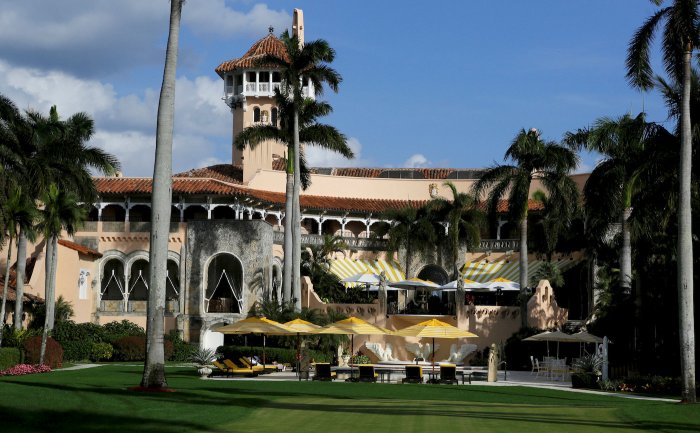By Herbert Lash
NEW YORK (Reuters) – The Dutch, it is said, bought Manhattan Island in 1626 from its native American inhabitants for about $24 in trade goods. Half a millennium later, that sum wouldn’t buy a square foot of office space in New York City’s trendiest real estate market, the area below 34th Street known as Midtown South. Fueled by an influx of workers from the Internet economy and a record 17 consecutive quarters of rising prices, the average cost per square foot of office space in Midtown South hit an all-time high of $62.02 in the first quarter, according to Colliers International.At 6.1 percent in the first quarter, the area hadthe lowest vacancy rate of any U.S. central business district, real estate firm Jones Lang LaSalle said With New York’s pace of job creation at its fastest in 65 years, what’s driving the real estate activity is the attraction of living in the city and the desire to be close to peers in technology, advertising, media and information, or “TAMI,” employers said. “We wanted to be right in the heart of things where we could both attract top digital talent and also work with other technology companies that are right in the area,” said Kim Slate, a senior vice president for MasterCard’s tech hub at 114 Fifth Avenue and 17th Street, where last month it leased additional space. The increased presence of the online industry coming out of the financial crisis has lifted the cost per square foot of Midtown South offices over the downtown financial district and cut the gap with Midtown in half: prices in Midtown South are now just $14 a square foot less than Midtown, compared to about $30 less in late 2009, data from real estate sources indicate. Midtown is the area between 34th and 59th streets in Manhattan. Technology companies have added about 80,000 new jobs in New York City since the end of 2009, a rate of job creation more than double the 30,000 jobs created in financial services, an analysis of Bureau of Labor Statistics data by Moody’s Investors Service show. Leasing in Midtown South by TAMI firms jumped to 37.5 percent last year, up from 14.6 percent in 2004 when financial and legal services, accounting and insurance made up 53 percent of the area’s leases, Cushman & Wakefield research shows. Leases from that sector accounted for just 29.5 percent last year. Google Inc, Facebook Inc and other Silicon Valley companies have boosted their presence in the area, turning the former district of storage and showcase buildings into a warren of technology companies. GOOGLE’S BIG MOVE
When Google first leased space in 2006 at 111 Eighth Avenue, which houses one of the city’s major fiber-optic hubs, it paid in the mid-to-upper $30 a square feet, said Robert Tunis, the agent at Colliers International who arranged the deal. Space in the building, which Google bought in 2010 for almost $1.9 billion, would rent at more than $90 a square foot if available today. “Google was the boulder in the pond, that was the revolution,” said Tunis, referring to the ripple effect Google’s movehad in the local market.
For real estate people, Midtown South covers pretty much everything in between Midtownand Canal Street. So that includes not only Chelsea, where Google is located, but also the Flatiron District, where 20 years ago a colony of tech companies spawned the name Silicon Alley, and the Astor Place neighborhood that’s home to Facebook and IBM. So far this year, IBM’s Watson division, Adobe Systems and Facebook have increased their leases in Midtown South, JLL data shows. Smaller companies such San Francisco’s digital marketer Amobee Inc and foreign companies like France’s digital performance tracker Criteo SA, among others, also inked new leases this year in the area, according to JLL. Jesse Keenan, director of research at Columbia University’s Center for Urban Real Estate, said the district’s unconventional building stock, with its open layouts and high ceilings, gives those start-ups clustered around the tech icons proximity to Midtown, but with greater appeal to the loosely organized companies than the rigid and vertically structured firms in Midtown.Tenants at 100-104 Fifth Avenue, at the corner of 16th Street, include Apple, Adobe Systems, Yelp, Knewton and Net-a-Porter. Inside the open-layout floor plans where cubicles once defined the office are foosball and air hockey tables, kitchens full of snacks and the ubiquitous espresso machine. “The problem of finding and compensating talent is immense; they just don’t want to live in (California’s) suburban Silicon Valley,” Keenan said. “Many of these companies found a foothold in New York simply as a mechanism of attracting talent and maintaining the talent.” (Reporting by Herbert Lash. Editing by David Gaffen and John Pickering)
















